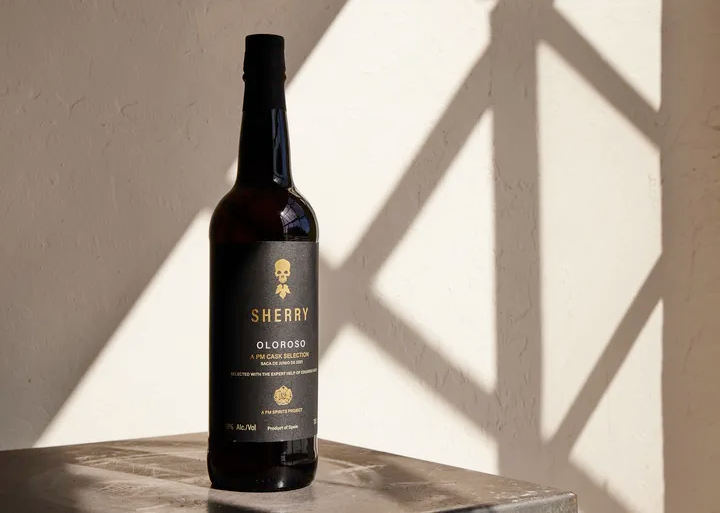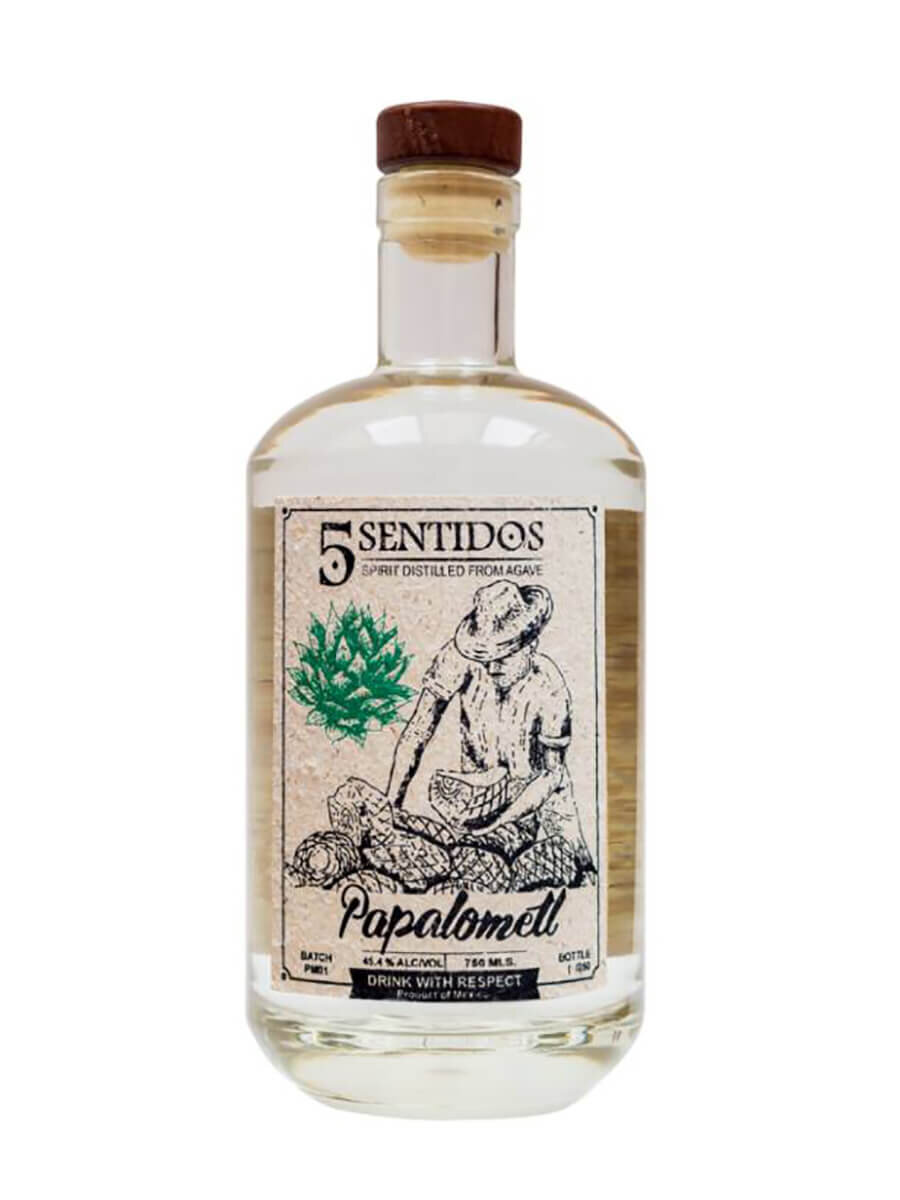In a category facing increased industrialization, these brands are fighting to preserve regional traditions.
In 2023, more than 400 brands of mezcal were exported from Mexico. That doesn’t include the increasing number of producers who are choosing not to certify their spirits, often labeling them “destilados de agave” (“distillates of agave”) instead. With so many options entering the market, figuring out which producers to seek out in order to support economic, environmental and social justice in a category facing increased industrialization (and the troublesome issues that come with it) can feel like an impossible task.
To help, we’ve compiled a list of brands that are setting a strong example of best practices for others to follow. Many of them are producer-owned, while others source from a variety of producers but have initiatives in place to encourage positive environmental and economic practices and the preservation of regional customs. There are, of course, plenty of other great producers making incredible mezcal in this vein, but consider this list—most of which are widely available across the United States—a strong starting point.
Cinco Sentidos
What started as the house mezcal for El Destilado restaurant in Oaxaca City evolved into an export brand in 2017. Owner Jason Cox has cultivated long-standing relationships with a core lineup of producers in Oaxaca and Puebla during his time living in Mexico. With Cinco Sentidos, he pays above market price for batches and does not pressure producers to meet certain volume demands; it is entirely up to the producers how much they choose to make and sell. Cox also implemented a 10 percent profit-sharing program to help producers invest in everything from basic personal needs to land and distillery infrastructure.
https://punchdrink.com/articles/best-mezcal-brands-producers-distillers/







